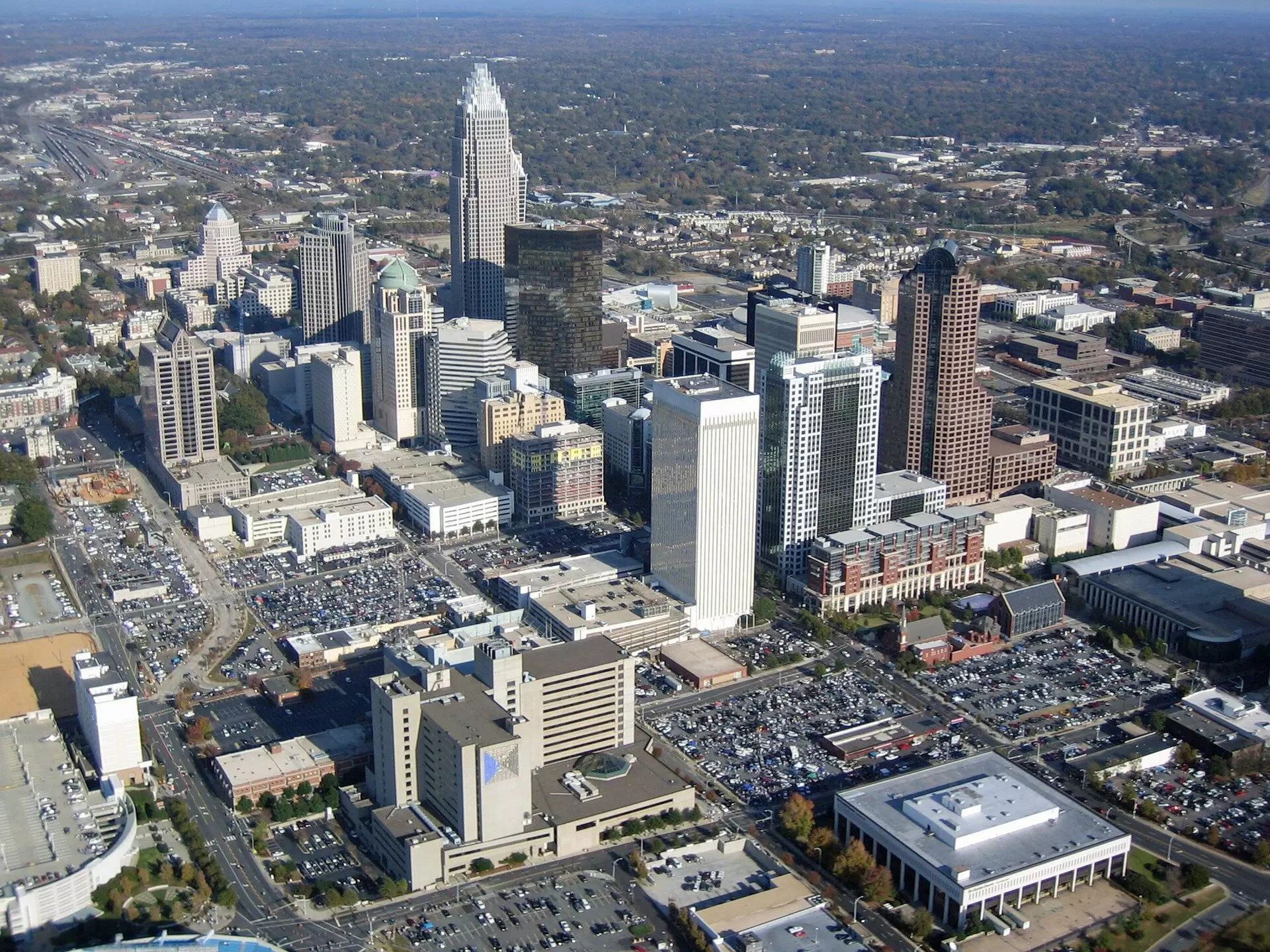As the global climate crisis continues to accelerate, cities in the Global South face unique challenges that threaten the health and well-being of their residents. Recent research underscores a startling disparity in the “cooling capacity” provided by urban green spaces between the Global North and South. This differential, which calculates the effectiveness of greenery in mitigating extreme heat, reveals that cities in the Global South possess only 70% of the cooling benefits of those in the Global North. With rising temperatures exacerbated by the urban heat island effect, the urgency for action becomes increasingly apparent.
The phenomenon of urban heat islands occurs when built environments absorb and retain heat more than rural landscapes. This leads to dangerously high surface temperatures, particularly during extreme weather events—an alarming reality that translates into rising rates of heat-related illnesses and fatalities among urban populations. In light of these challenges, integrated green spaces emerge as a critical tool to combat urban heat, offering not only temperature regulation but also vital areas of refuge for communities.
The pertinent research, published in the highly regarded journal *Nature Communications*, indicates that urban greenery serves as an effective strategy for addressing both the symptoms and root causes of extreme heat. Conducted by a consortium of international scholars from Nanjing, Exeter, Aarhus, and North Carolina State universities, the study sheds light on the extensive potential for enhancing cooling in cities across the Global South. Professor Tim Lenton of the University of Exeter notes that the current heat crisis disproportionately impacts the poorest populations, who often reside in the slum areas that lack essential urban infrastructure.
According to the researchers, incorporating more green spaces could lower surface temperatures by as much as 3°C during warmer months—a significant and life-saving difference. The cooling effects originate from two main mechanisms: shading and the process known as transpirational cooling, where vegetation contributes to lowering temperatures through water evaporation. Such findings draw attention to the urgent need for innovative urban planning strategies that prioritize the expansion of green infrastructure.
One of the striking conclusions of the research is the inequitable distribution of cooling benefits across different socioeconomic groups. Cities in the Global South face systemic challenges that inhibit access to cooling green spaces. For example, in affluent areas of cities, lush parks and trees create an average cooling benefit of 3.4°C for residents, while this figure drops to 2.2°C for average citizens in the Global South. This discrepancy highlights not just the quantitative lack of vegetation but also questions the management practices applied in differing geographic regions.
Cities such as Mogadishu in Somalia and Sana’a in Yemen exemplify those with critically low cooling capacities. The research calls attention to this chilling reality with practical recommendations for urban planners and policymakers on how to incorporate nature-based solutions more effectively. Improving urban greenery is posited as not just an ecological necessity but a foundational strategy for climate resilience.
While the research presents optimistic avenues for enhancing urban cooling, experts warn that achieving these goals will not be without challenges. Urban re-greening efforts can incur significant costs in the short term, raising questions about funding and political will. Nevertheless, it is imperative for urban developers and city officials to prioritize the creation and preservation of green spaces, ensuring that those already established are maintained against the encroachment of urban development.
Professor Rob Dunn from North Carolina State University emphasizes that restoring green spaces is a non-negotiable priority for future-proofing urban environments. Protecting existing green areas is just as crucial as developing new ones. A collaborative approach involving local communities, environmental organizations, and government agencies will be essential to navigate the complexities of re-greening initiatives.
The burgeoning evidence regarding the cooling capacity of urban foliage highlights an urgent message for cities worldwide, particularly in the Global South. As climate-driven environmental changes loom large, the benefits of enhancing urban green spaces are clear. It is not merely an aesthetic enhancement but a fundamental right for urban dwellers to enjoy a temperate and livable environment. By putting green infrastructure at the forefront of urban planning, cities can foster improved public health, equity, and resilience in the face of an evolving climate crisis. The survival of many vulnerable populations lies in our ability to cultivate these vital green oases amidst the concrete.

